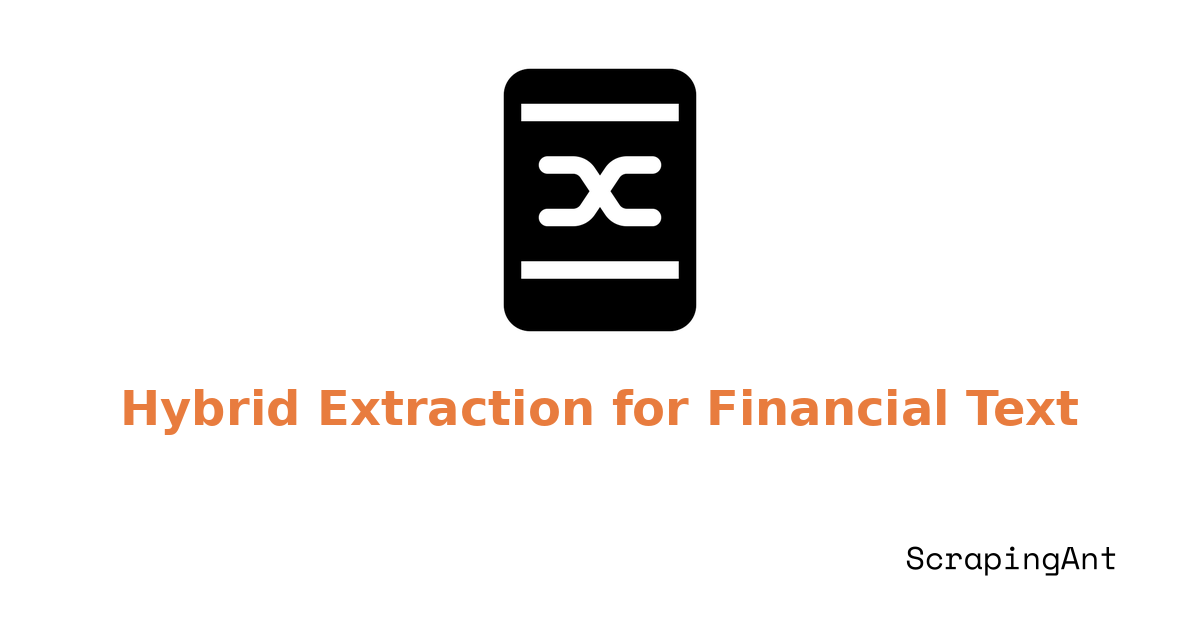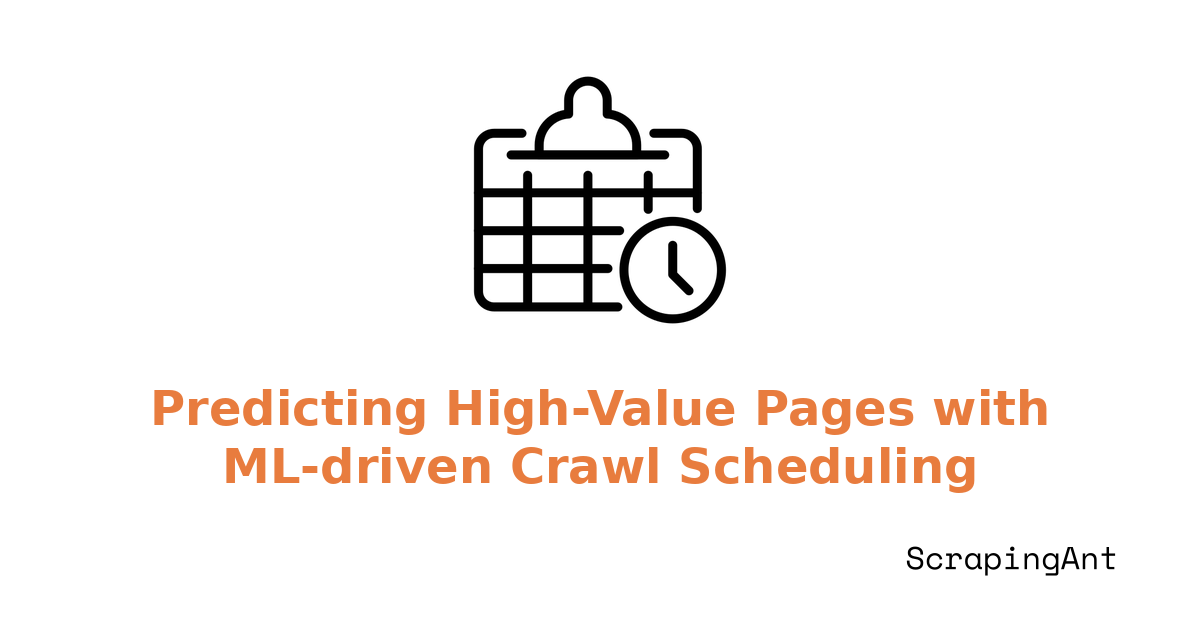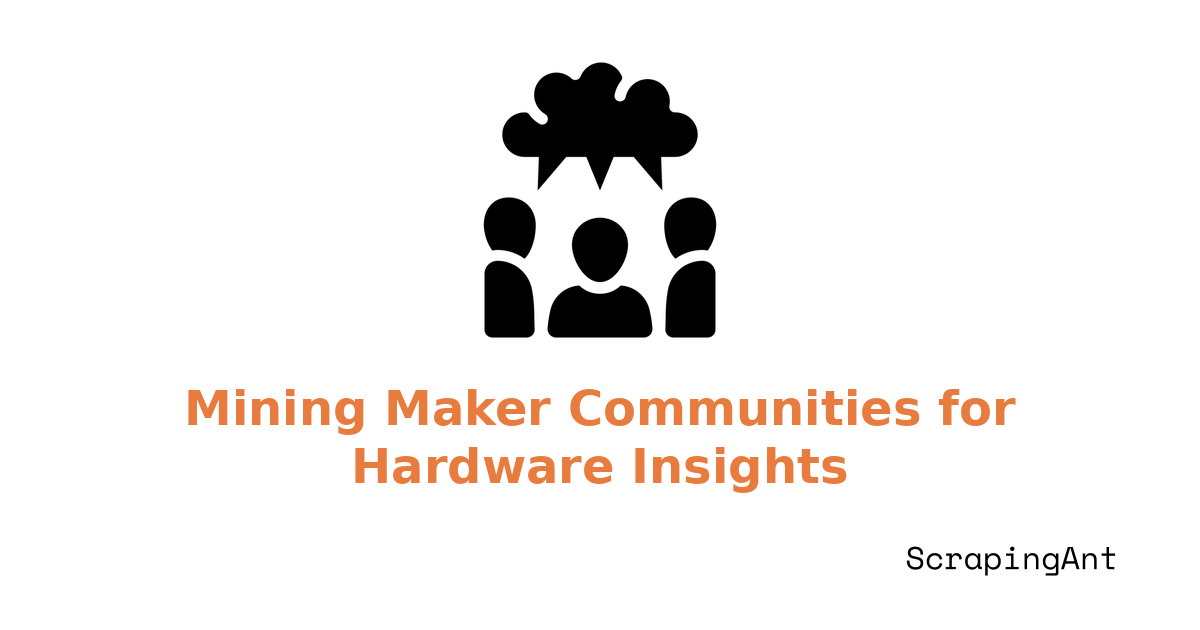
In 2025, web scraping has evolved from simple, script-based crawlers into complex, AI‑driven systems that operate as part of larger workflows, such as retrieval‑augmented generation (RAG), GTM automation, and autonomous agents. These systems often rely on powerful scraping backends to handle rendering, bot defenses, and data extraction. As scraping volumes and business reliance on real‑time web data increase, throttling and rate control have become central design concerns.







